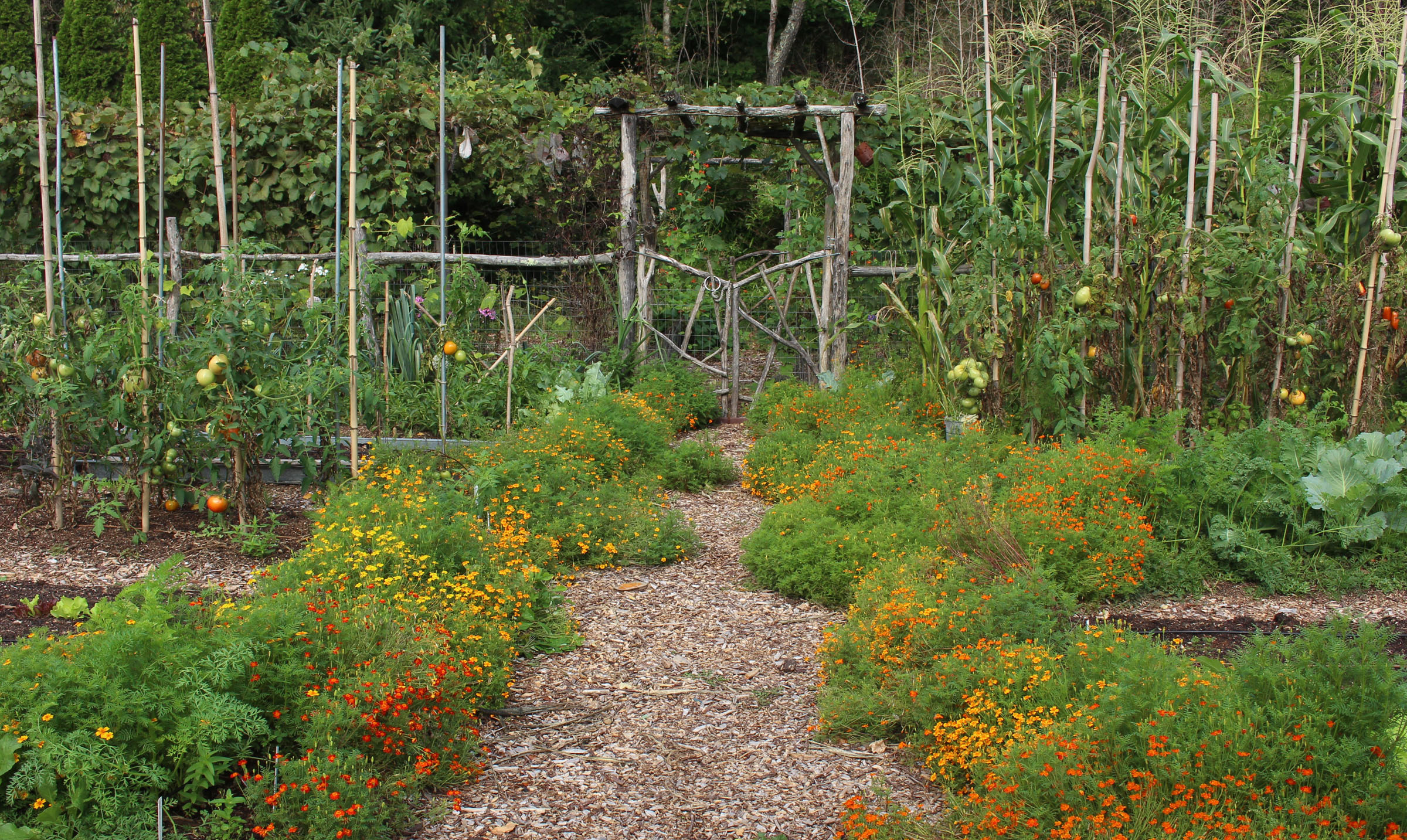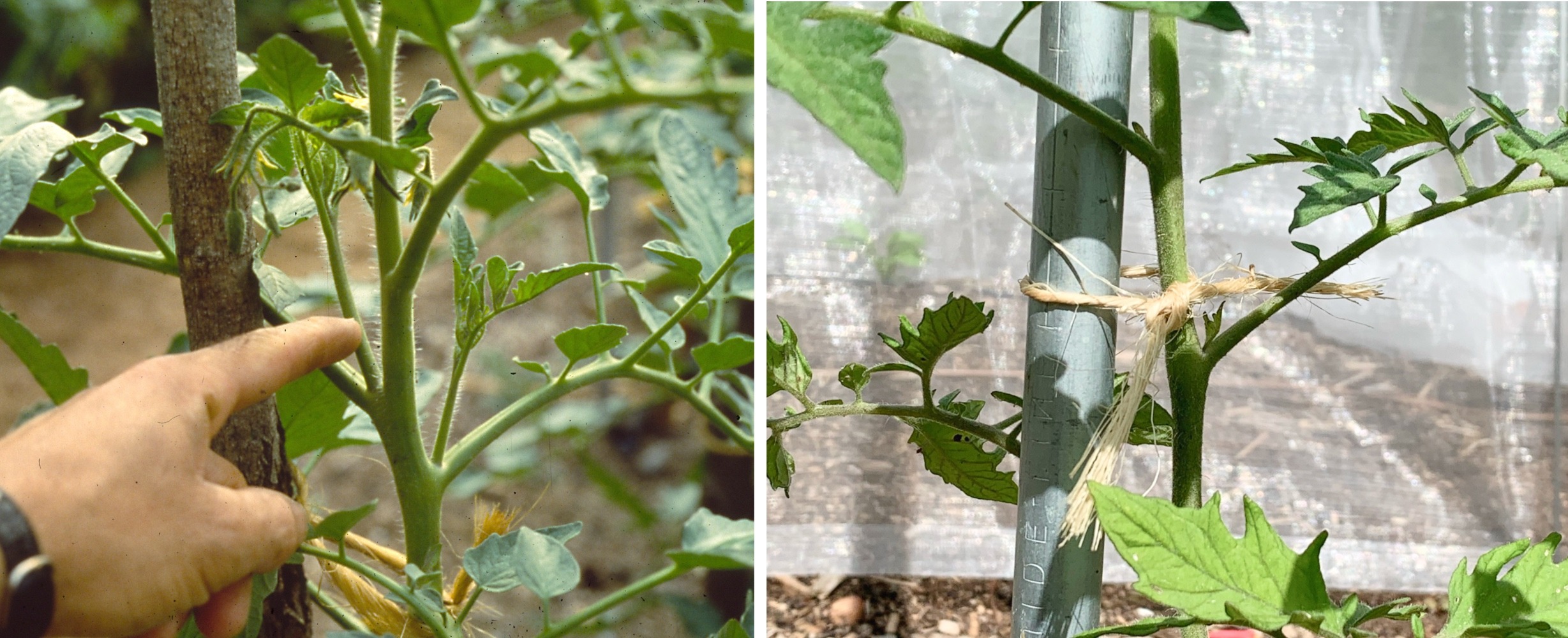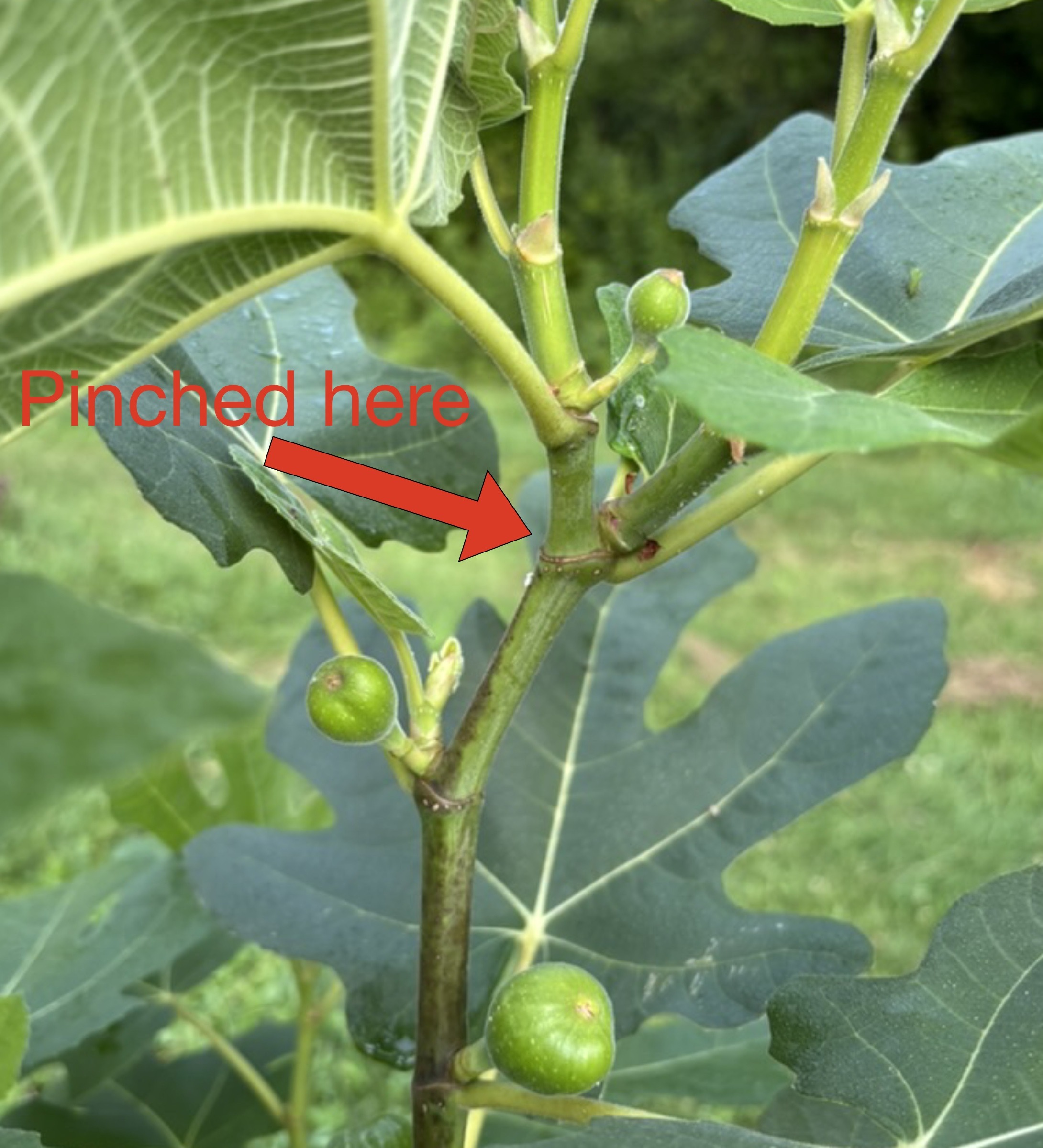TWO FREE PRUNING TOOLS!
/9 Comments/in Gardening, Tools/by Lee ReichTool Number One
Right now, I have before me a most useful pruning tool, two different kinds of pruning tools, in fact. And they are always with me, even when I sleep. Let’s start with the first: my hands.
I use my hands to rip unwanted stems from plants. This seemingly brutal method of pruning can sometimes do a better job and leave the plant healthier than can a precision cut with pruning shears, even fancy pruning shears. Hand pruning is the best way to get rid of suckers, those overly exuberant, usually vertical stems.
On apple trees, watersprouts poking up along branches are not fruitful, at least not for a few years. Read more
CURE ALL OR SNAKE OIL?
/3 Comments/in Gardening/by Lee ReichMany Uses for Marigold
Gardeners who visit here frequently comment, upon seeing marigold plants growing in and at the foot of my vegetable beds, that I must have planted them for pest control. After all, marigolds are supposed to be one of the workhorses of biological pest control. Plant them and plant pests will be killed or — if they are lucky — merely repelled.
It’s an appealing concept: sunny plants that thwart pestilence and blight even as they brighten the garden with their blossoms. Marigolds greatest claim to pest control fame is their effect on nematodes, an effect documented in numerous scientific studies. Read more
HOE, HOE, HOE
/2 Comments/in Gardening/by Lee Reich“Cultivate”??
If I told you that I was stepping outside to “cultivate” my tomatoes, you’d perhaps think I was going out to pull off suckers and tie stems to their stakes. If I told you I was stepping outside to “cultivate” my garden, you’d perhaps imagine that I was going to attend to my tomatoes, perhaps also thin out excess corn plants, prune back my early blooming clematis, and . . . you get the picture. I’m going to take care of miscellaneous things in my garden.
I wouldn’t say I’m stepping outside to “cultivate” my meadow because a meadow doesn’t involve the intimate care needed by a vegetable, a flower garden, or fruit trees or shrubs.
But “cultivate,” when it comes to gardening, is rife with meanings. Read more



